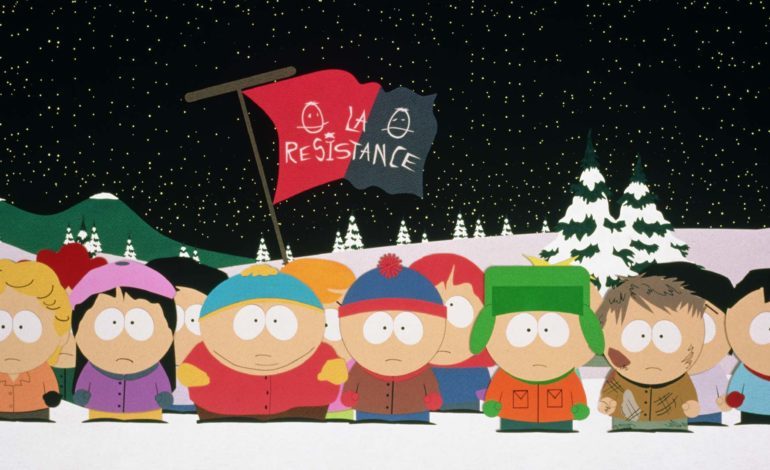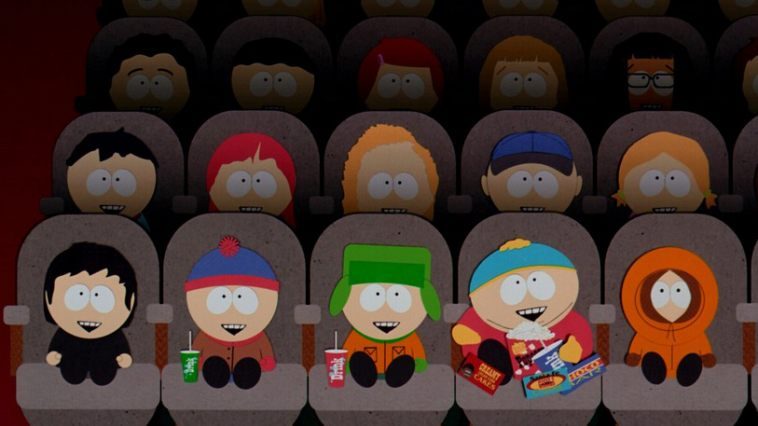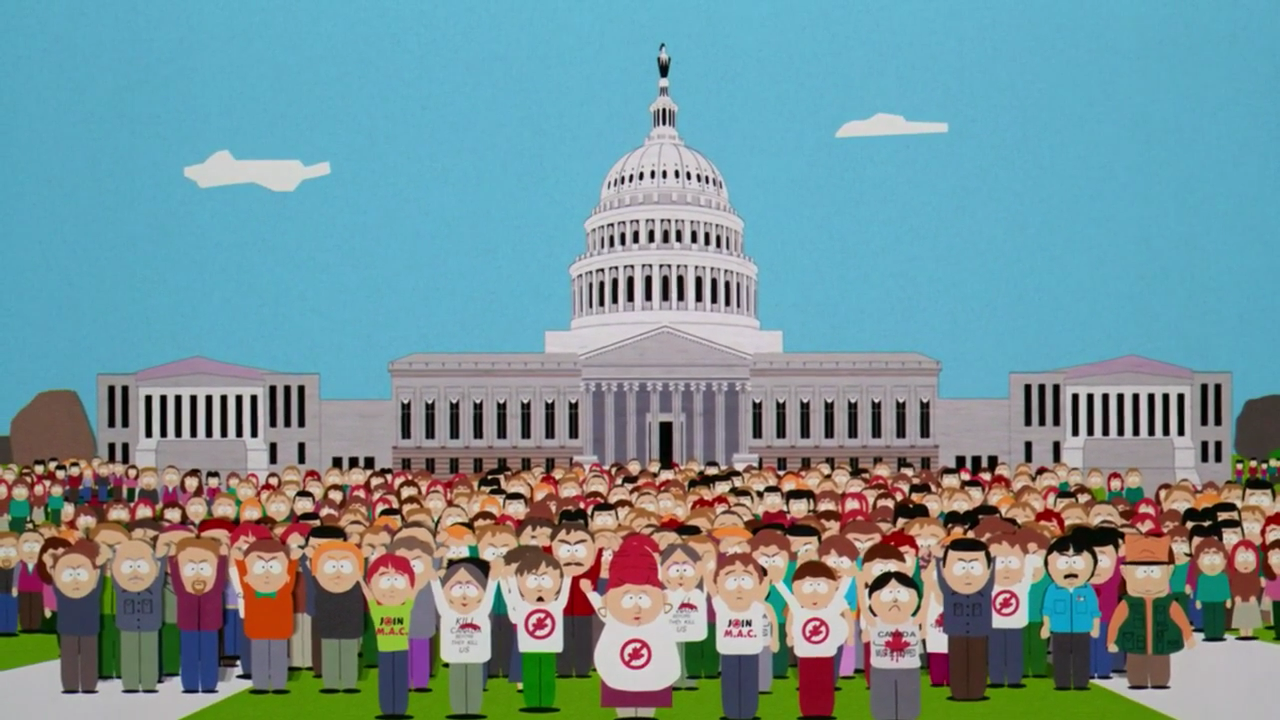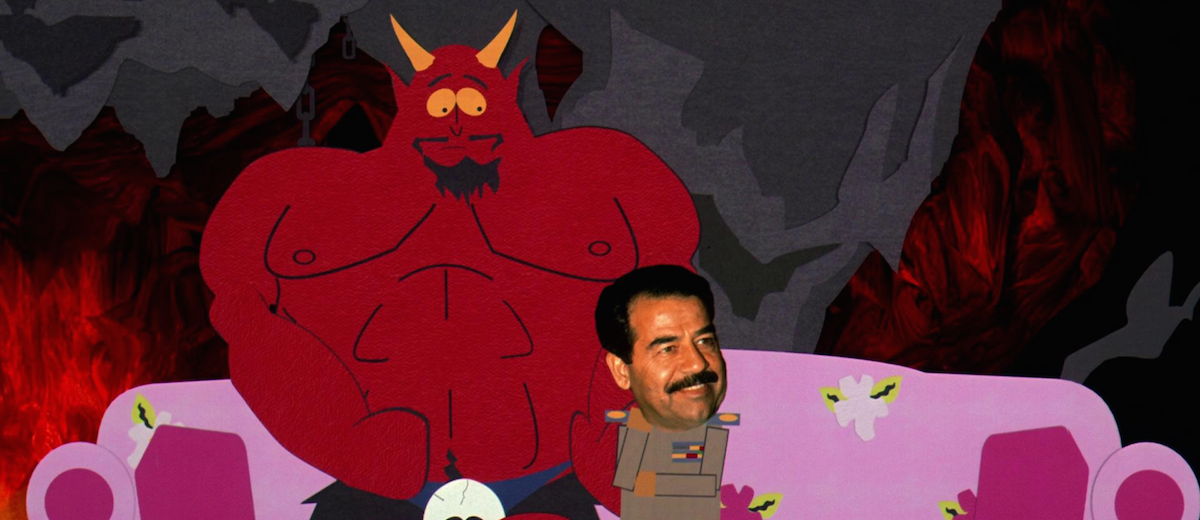

When we think of some of the longest live-action and animated series, The Simpsons usually comes to mind first. The obscurely yellow family hailing from their fictional abode of Springfield has satirized the blue-collared working class family for over 30 years now, parodying American culture and society as well as human behavior. Originating as an animated short on The Tracey Ullman Show in 1987, show creator Matt Groening used the premise of a dysfunctional family as a basis for a situational comedy, transforming those drawings into nearly four decades of Homer, Marge, Bart, Lisa, and Maggie. Groening’s series became an instant success and quickly elucidated that cartoons were not just child’s play, but also marketable for adult viewers.
While the show primarily consisted of a flurry of character hallmarks, cultural references and occasional self-referential humor, The Simpsons were notorious for a plethora of inside jokes and suggestive themes that didn’t bode well with the archetypal 1990’s American family. Throughout its early run, the show drew a ton of controversy from critics and parents claiming it was unsuitable for children. Nevertheless, these elements neatly laid the groundwork for future adult animated series. Many of these animated sitcoms have rivaled and even overtook the ratings of The Simpsons at times, such as Seth McFarlane’s Family Guy and Loren Bouchard’s Bob’s Burgers. However, only one show distinctly borrowed those adult themes and then pushed the boundaries of society to insurmountable proportions: Trey Parker and Matt Stone’s long running South Park.


Much like the Simpsons, South Park endured humble beginnings as a series of shorts in 1992 and 1995 entitled Jesus vs. Frosty and The Spirit of Christmas. Unfortunately, those shorts never caught onto the general public until five years later. Despite initial fear that the series would not translate over successfully to television, the duo of Parker and Stone would eventually pitch South Park to the Comedy Central in 1997 and, a mere 22 years later, it’s still airing on the network and continually making viewers laugh.
South Park covers the exploits of four foul-mouthed fourth-graders- Stan Marsh, Kyle Broflovski, Eric Cartman and Kenny McCormick- in the titular real-life region of South Park, Colorado, where the boys encounter some kind of new misadventure involving current events or popular culture. In contrast to The Simpsons, South Park was exceedingly raw, edgier, and raunchier in terms of its content. Unafraid to push the envelope, it repeatedly anted up the show’s infamous usage of profanity, surrealist humor and satire with each passing episode. The show rapidly evolved into modern day social commentary more so than its competitors at Fox Animation and, in turn, earned five Emmy Awards and a Peabody Award over the course of its production. And, less than two years after its inception, South Park would spawn a theatrical film on June 30th 1999: South Park: Bigger, Longer & Uncut.
Directed and produced by Parker and Stone and distributed by Paramount Pictures, South Park: Bigger, Longer & Uncut was released at the height of the series and performed strongly at the box office. According to Box Office Mojo, the film earned $83.1 million on a relatively inexpensive budget of $21 million, making it the highest-grossing R-rated animated film until Sausage Party in 2016. The film met very positive reviews and even earned a nomination for an Academy Award for Best Original Song at the 72nd Academy Awards for “Blame Canada.”


South Park: Bigger, Longer & Uncut is both a black comedy and a musical that follows the four boys, including Kyle’s adopted brother Ike, as they sneak into an R-rated Canadian movie entitled ‘Terrance & Phillip: Asses of Fire.’ After the boys are caught by their teacher Mr. Garrison using the film’s profane language, they are deemed “corrupted” by Kyle’s mom Sheila Broflovki, who heads a parent and teacher alliance in South Park. The parent group pressures the United States government to declare war against Canada for their acts against humanity. With the vulgar comedy act of Terrance and Phillip being pursued for their alleged crimes, the boys head to Canada in order to end this over-exaggerated debacle between both countries and save their idols.
Like its source material, South Park: Bigger, Longer & Uncut prides itself on trending societal issues and current events while being its own original comedy. With the Simpsons being a precursor to adult animated comedies, Parker and Stone gallantly made sure South Park never emulated its competition and the film clearly indicates this through its harsh lexicon. Featuring the voices of Parker and Stone, the late Isaac Hayes and Mary Kay Bergman as well as guest appearances from George Clooney, Eric Idle and Mike Judge, South Park: Bigger, Longer & Uncut makes for some very hilarious moments and doesn’t take itself too seriously. If the show taught viewers anything over the years, it’s that no one is safe from Parker and Stone’s ridicule and the film is clearly no different that its television counterpart.
This film was certainly light years ahead of its time, despite being a box office coup and, unlike many satirical properties of the late 1990s, an immensely unapologetic motion picture derived from an equally-immensely unapologetic television show. In fact, you can easily make the argument that Bigger, Longer and Uncut is more of a product of today than it ever was in the summer of 1999, given the nature of its social commentary. In an age where everybody is offended by everything ranging from Frank Loesser’s “Baby, It’s Cold Outside” to the banning of Looney Tunes from syndication, South Park: Bigger, Longer & Uncut masterfully lampoons this social epidemic of overt-censorship long before the arrival of Facebook, Instagram or Twitter.


The film also covers bad parenting and society’s inability to let children encounter obscenities and foul language on their own accord. There’s a scene where Shelia calls up the Canadian film studio and argues with the president over the content of the Terrance and Phillip film. The president tells her that Canada has a censorship division similar to the Motion Picture Association of America that evaluates whether or not films are appropriate for certain demographics such as children and deems that she was being a bad parent. These arguments definitely hark to our current climate where every form of entertainment has to walk on egg shells in order to appease families or overly-sensitive people.
Aspects such as these give South Park: Bigger, Longer & Uncut a more significant impact when wandering the 2019 wastelands of social media. It’s almost reminiscent of Ralph Bakshi’s Fritz the Cat but instead of shock humor in the form of sadistic lewd imagery, South Park: Bigger, Longer & Uncut is rather shock humor in the form of sadistic lewd context which just so happens to have a surfeit of powerful meaning.
From animation standpoint, South Park: Bigger, Longer & Uncut was never meant to look like Beauty & The Beast or Fantasia, where animators spent nearly months on compiling animation frames. Stone and Parker’s budget was as cheap as a Hanna Barbera Production, which allowed them to crank out large quantities of episodes quickly and affordably. The quality of this duo’s signature construction paper cut-out animation and stop motion was inspired by Monty Python’s Flying Circus and, on a budget on $21 million, offered a higher standard compared to the show. This is something that would improve over the years once the series spiked popularity.
That being said, South Park: Bigger, Longer & Uncut fires on every cylinder through its writing and its purposely cut-out style of animation. Even 20 years after its initial release, it’s quite possible that this was the sheer intent of its creation – not to be like every other cartoon that flooded the tube, but to be its own graphic thing.
